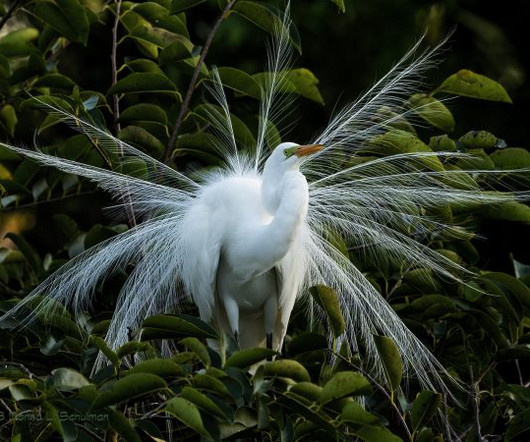The Shorebirds of North America: A Natural History and Photographic Celebration–A Book Review
10,000 Birds
JULY 2, 2024
In the 19th- and early 20th-centuries, shorebirds were killed outright for their meat, a trade that only ended with the passage of federal legislation (which still excepts game birds such as woodcock and snipe). Dunne and Karlson live and work in Cape May, N.J., These days we need to conserve habitat and maintain a balance of food sources.











Let's personalize your content